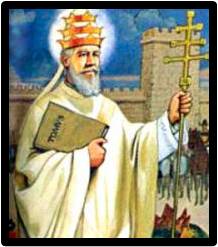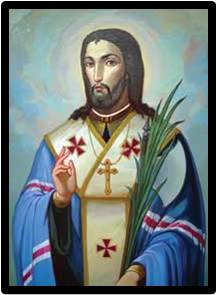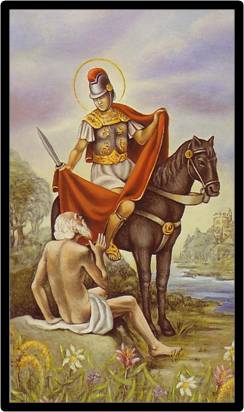NOVEMBER 10 - ST. LEO THE GREAT

St. Leo was born at Tuscany in Italy. He came from a noble Roman family and was a very good student especially in scripture and theology (religious studies). When he grew up, he became a priest and was a powerful writer and preacher.
When Pope Sixtus died in 440, St. Leo became pope. Those were difficult times for the Church. Barbarian armies of Attila the Hun were attacking Christians in many places.
Within the Church, some people were spreading heresies (false teachings about the faith), too. But St. Leo was one of the greatest popes there ever was. He was absolutely unafraid of anything or anyone. He had great trust in the help of the first pope, St. Peter the apostle and prayed to St. Peter often.
To stop the spread of false teachings, St. Leo explained the true faith with his famous writings. He called a Council to condemn the wrong teachings. Those who would not give up their mistaken beliefs were put out of the Church. And Pope Leo received back into the Church those who were sorry. He asked people to pray for them.
When Attila the Hun came to attack Rome, all the people were filled with fear. They knew that the Huns had already burned many cities. To save Rome, St. Leo rode out to meet the fierce leader, Attila.
The only weapon he had was his great trust in God. When they met, something wonderful happened. Attila, the cruel pagan leader, showed the pope great honor. He made a treaty of peace with him.
Attila said afterward that he had seen two mighty figures standing by the pope while he spoke. It is believed that they were the great apostles, Peter and Paul. They had been sent by God to protect Pope Leo and the Christians.
Because of his humility and charity, Pope Leo was loved by all. He was pope for twenty-one years. He died on November 10, 461.



